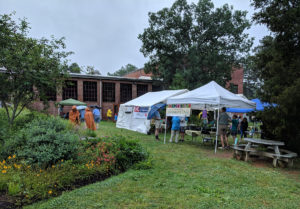
Photos from the 11th Annual Pollinator Day
The Chatham County Center of North Carolina Cooperative Extension and the Chatham County Beekeepers’ Association teamed up to hold their 11th Annual …



El inglés es el idioma de control de esta página. En la medida en que haya algún conflicto entre la traducción al inglés y la traducción, el inglés prevalece.
Al hacer clic en el enlace de traducción se activa un servicio de traducción gratuito para convertir la página al español. Al igual que con cualquier traducción por Internet, la conversión no es sensible al contexto y puede que no traduzca el texto en su significado original. NC State Extension no garantiza la exactitud del texto traducido. Por favor, tenga en cuenta que algunas aplicaciones y/o servicios pueden no funcionar como se espera cuando se traducen.
Inglês é o idioma de controle desta página. Na medida que haja algum conflito entre o texto original em Inglês e a tradução, o Inglês prevalece.
Ao clicar no link de tradução, um serviço gratuito de tradução será ativado para converter a página para o Português. Como em qualquer tradução pela internet, a conversão não é sensivel ao contexto e pode não ocorrer a tradução para o significado orginal. O serviço de Extensão da Carolina do Norte (NC State Extension) não garante a exatidão do texto traduzido. Por favor, observe que algumas funções ou serviços podem não funcionar como esperado após a tradução.
English is the controlling language of this page. To the extent there is any conflict between the English text and the translation, English controls.
Clicking on the translation link activates a free translation service to convert the page to Spanish. As with any Internet translation, the conversion is not context-sensitive and may not translate the text to its original meaning. NC State Extension does not guarantee the accuracy of the translated text. Please note that some applications and/or services may not function as expected when translated.
Collapse ▲
The Chatham County Center of North Carolina Cooperative Extension and the Chatham County Beekeepers’ Association teamed up to hold their 11th Annual …

The intense rainfall, flooding and mudslide damage in western North Carolina and other areas of the state have created …
The kind folks at Extension IT have created an index from which you can easily find and access all …

Tulip tree scales and other soft scales are maturing and producing a lot of honeydew. This makes people notice …
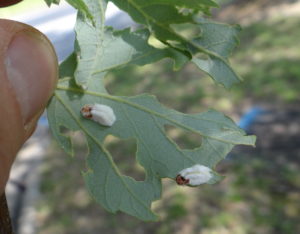
Cottony maple leaf scale, Pulvinaria acericola, is one of several ‘cottony’ scales in the genus Pulvinaria. Cottony camellia scale …

Adapted from original content by Danny Lauderdale. I found potato leaf hoppers in one of my granulate ambrosia beetle traps …
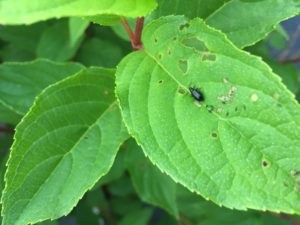
Adapted from original content by Danny Lauderdale. Several growers have reported red headed flea beetle adults on plants that …

Tulip tree scales are one of the biggest scales in NC. They are primarily on tulip tree and magnolia. …
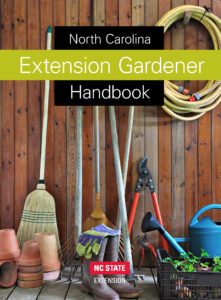
Now available from UNC Press: North Carolina Extension Gardner Handbook HARDCOVER: $60 DIGITAL VERSION: $50 Published: April 2018 728 pp., 8.5 x 11 1067 color plates, …
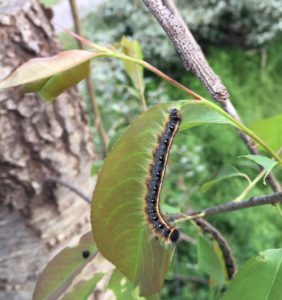
Eastern tent caterpillars have well established nests in central NC. They favor cherry trees and often become a concern …

The 1st Annual Chatham County Spring Ag Fest on March 24, 2018, was a huge success with an estimated crowd …

This publication provides three examples of edible landscape designs for incorporating edible components into a …
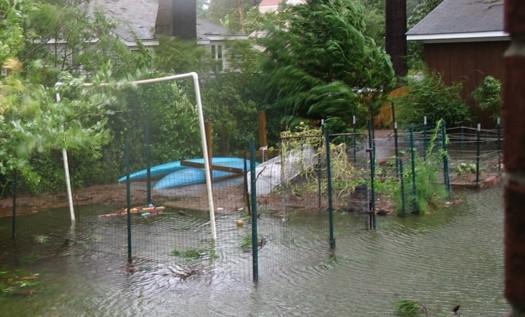
This publication discusses how floods can affect food gardens. In it, you'll find recommendations for …
Much success in growing tomatoes can be attributed to use of a few proven techniques. …
Caladiums are grown for their long-lasting, colorful foliage. Color combinations include various shades of red, …
Sprouts from mung bean (Phaseolus aureus) have been used for food since ancient times. These …
Lack of yard space is no excuse for not growing a vegetable garden. Regardless of …
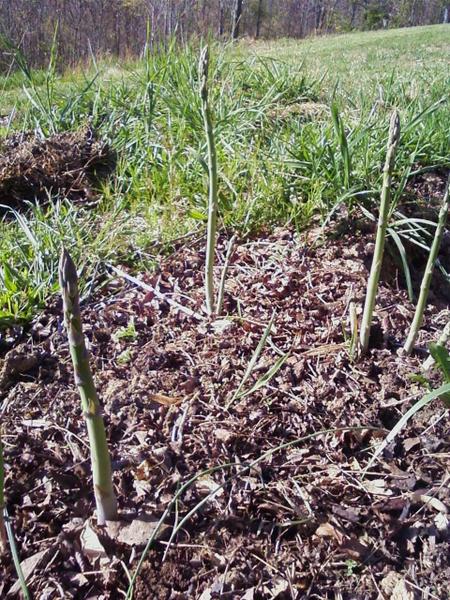
Asparagus has been considered a garden delicacy since Roman times. Any home gardener can grow …
Effective frost protection methods exist, however, each year, a portion of the state's fruit and …